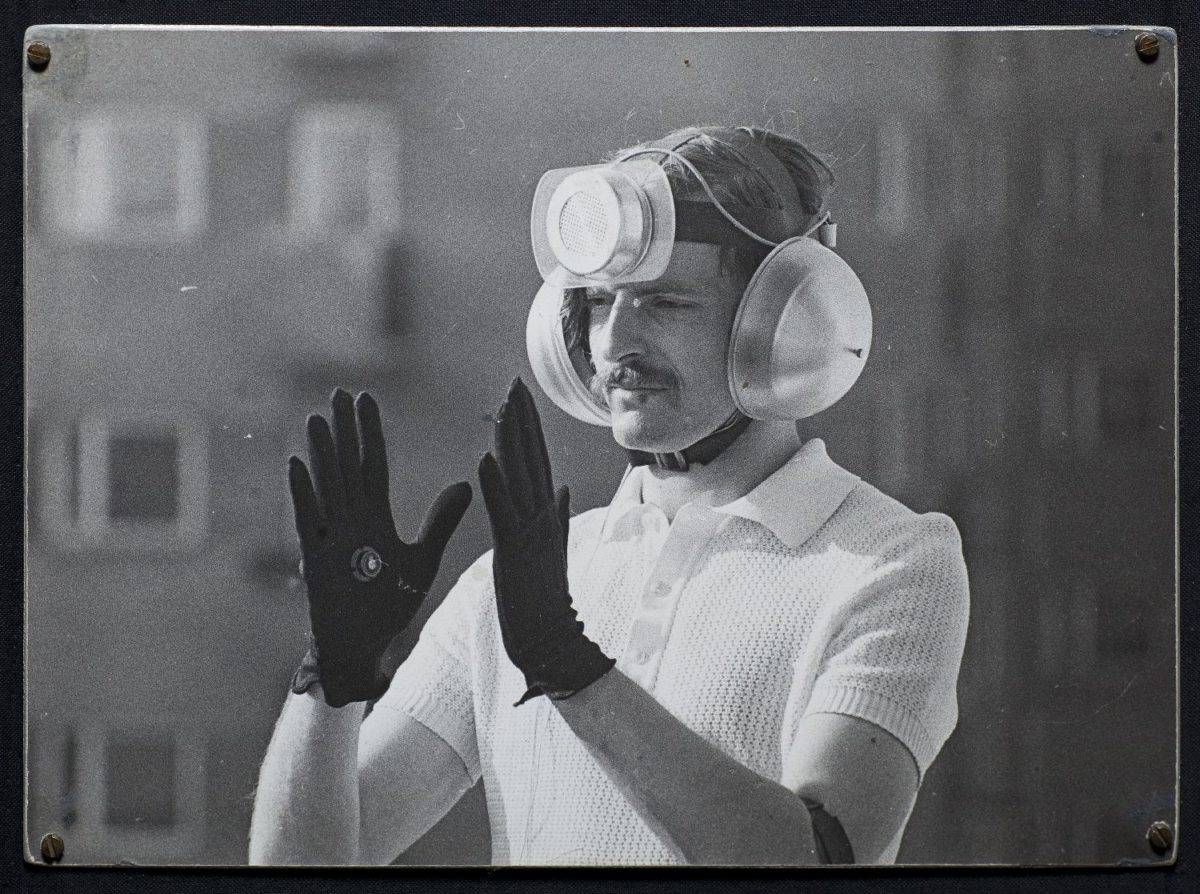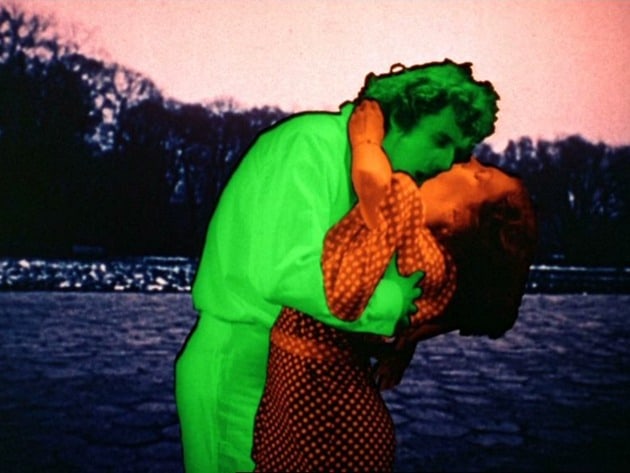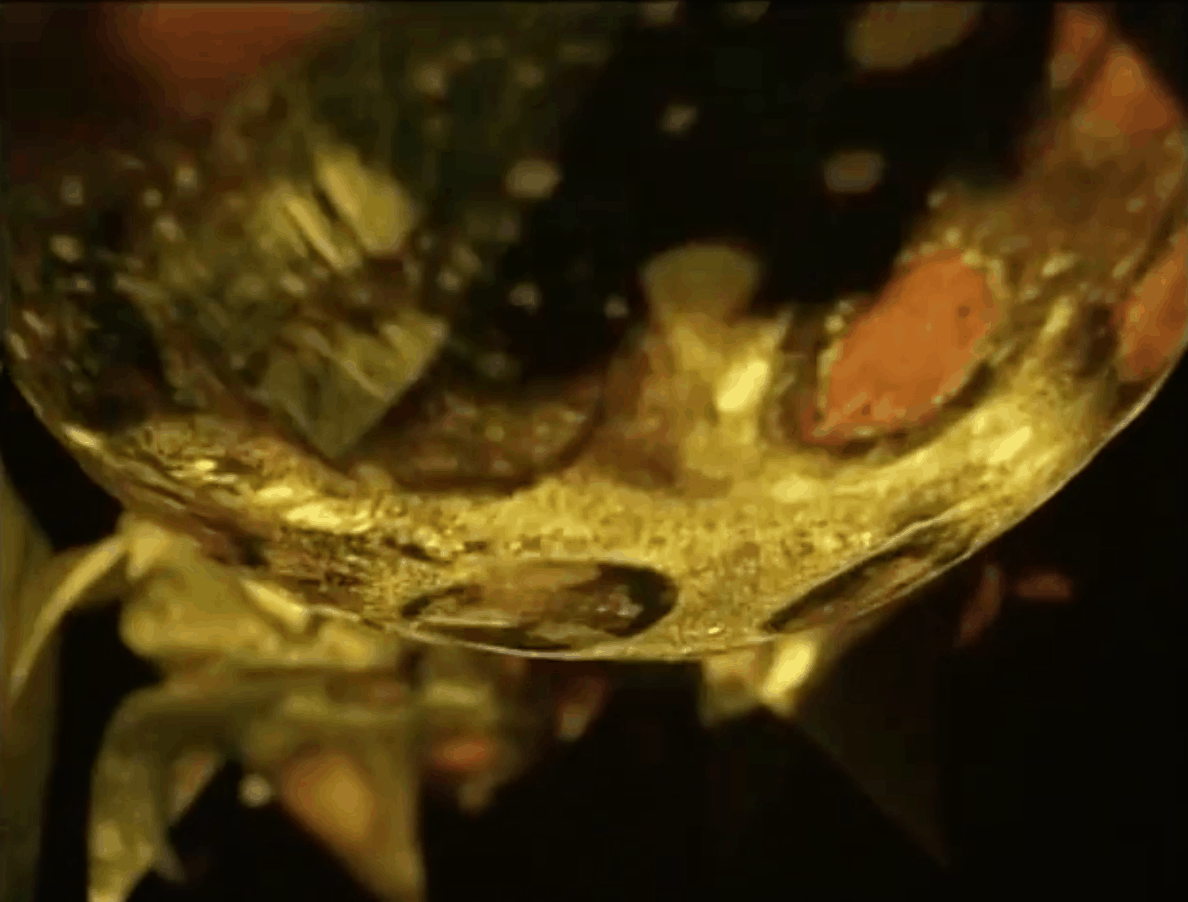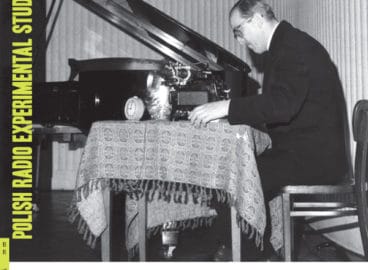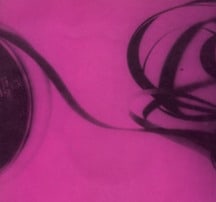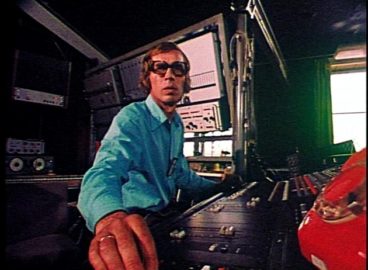How important a role can a site play in creating and fostering artistic experimentation? The case of the Polish Radio Experimental Studio (PRES), established in Warsaw in 1957 under the auspices of Poland’s official state broadcaster, provides a fascinating insight into the importance of a site – understood equally as institution, physical space, and a circle of individuals – as a key catalyst for avant-garde exploration and production.
The Studio, which quickly became an outpost for electroacoustic music east of the Iron Curtain, was many things. Officially, it was established as a utilitarian unit intended to produce incidental music for Polish Radio broadcasts as well as soundtracks for films. Set up only few years after similar experimentally-oriented radio units in Paris (1948), Cologne (1951) and Milan (1955), it was also there to provide contemporary music composers access to the state-of-the-art equipment for the production of their autonomous electroacoustic pieces. Physically, it was a medium-size room in one of the many corridors of the headquarters of the Radio, crammed with gear, which its everyday inhabitants referred to as the “black room”. Design-wise, however, this tight space was meticulously planned out by Oskar Hansen, Poland’s leading architect, together with Zofia Hansen, linking the musical endeavors of the studio to a wider artistic scene. Indeed, the charm and the influence of Polish Radio Experimental Studio extended far beyond the 300 square feet of the physical space.
Under the direction of the Studio’s founder, Józef Patkowski, PRES became a laboratory for experimentation, whose influence extended into most if not all public aspects of Polish musical life: Warsaw Autumn International Festival of Contemporary Music, of which Patkowski was program committee member; Warsaw Music Workshops (co-organized by John Tilbury), whose concerts Radio broadcasted; Polish Music Publications based in Cracow, which together with PRES co-published musical scores of the previously produced pieces, simultaneously releasing them on vinyls (sic!). Patkowski was also the Polish contact person for George Maciunas and the Fluxus movement, who was supposed to contribute to the never realized Eastern European Fluxus Yearbook. He helped organizing the (in)famous Fluxus East Tour that in 1964 Eric and Tony Andersen took from Copenhagen to Poland, Czechoslovakia, Hungary and the Soviet Union, during which they gave concerts and distributed Fluxus materials and ephemera. As a result, Warsaw of the 1960s was inscribed into the history of Fluxus as the cultural entry point to the whole of the Soviet Block. In fact, around a third of a close to a hundred composers who worked in the studio over the course of its existence came from abroad. As such, PRES can be seen as critical hub for international exchange.
Here, post presents the history Polish Radio Experimental Studio and a sampling of the works it produced in its first three decades, a period that coincides roughly with Józef Patkowski’s directorship (1957–1985). Using the opportunities offered by the digital publishing platform, we will feature original audio and video recordings together with reprints of scores and documentary photographs, next to newly commissioned essays, an interview and bibliography. In order to fully engage with the time-based character of an internet publication, we are going to release new materials gradually over the period of next three months. You can “folllow” this theme to get informed about new additions, and to add comments and links of your own.
“Polish Radio Experimental Studio: A Close Look”, prepared in partnership with Muzeum Sztuki, Łódź, is based on resources from various archives made available by generous institutions and individuals. The presentation is part of C-MAP’s efforts to bring the often underrepresented histories of the Central and Eastern European neo-avant-gardes to a wider audience; but also to take a close look at materials and media still all too rarely exhibited and studied in art museums.
This theme was developed in partnership with Muzeum Sztuki, Łódź (MSŁ). It was edited by Magdalena Moskalewicz, MoMA with Daniel Muzyczuk, MSŁ. The original content items in this theme are listed below.

The Future Sound of Warsaw: Introduction to PRES
Daniel Muzyczuk
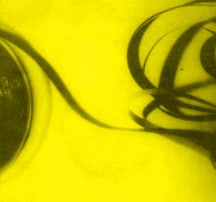
Magnetic Tape as Instrument: A Rare Selection of Electroacoustic Music from Poland
Magdalena Moskalewicz
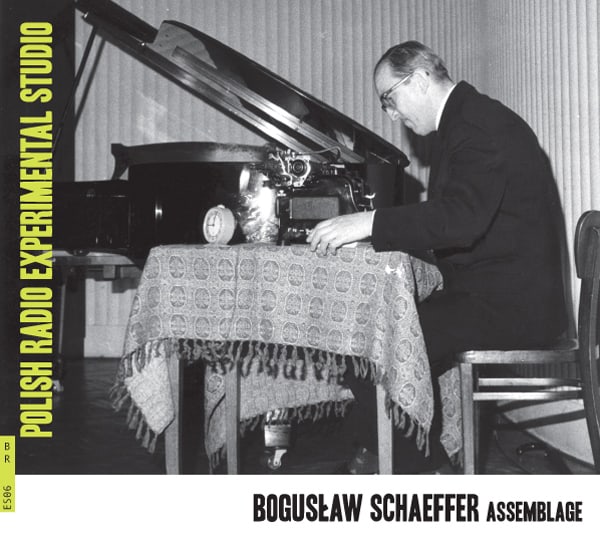
Polish Radio Experimental Studio: A Galaxy of Writings, Prints, and Sound
Bolesław Błaszczyk

How much Rudnik is in Penderecki, and how much Rudnik is in Nordheim? Interview with Eugeniusz Rudnik
Daniel Muzyczuk and Eugeniusz Rudnik

